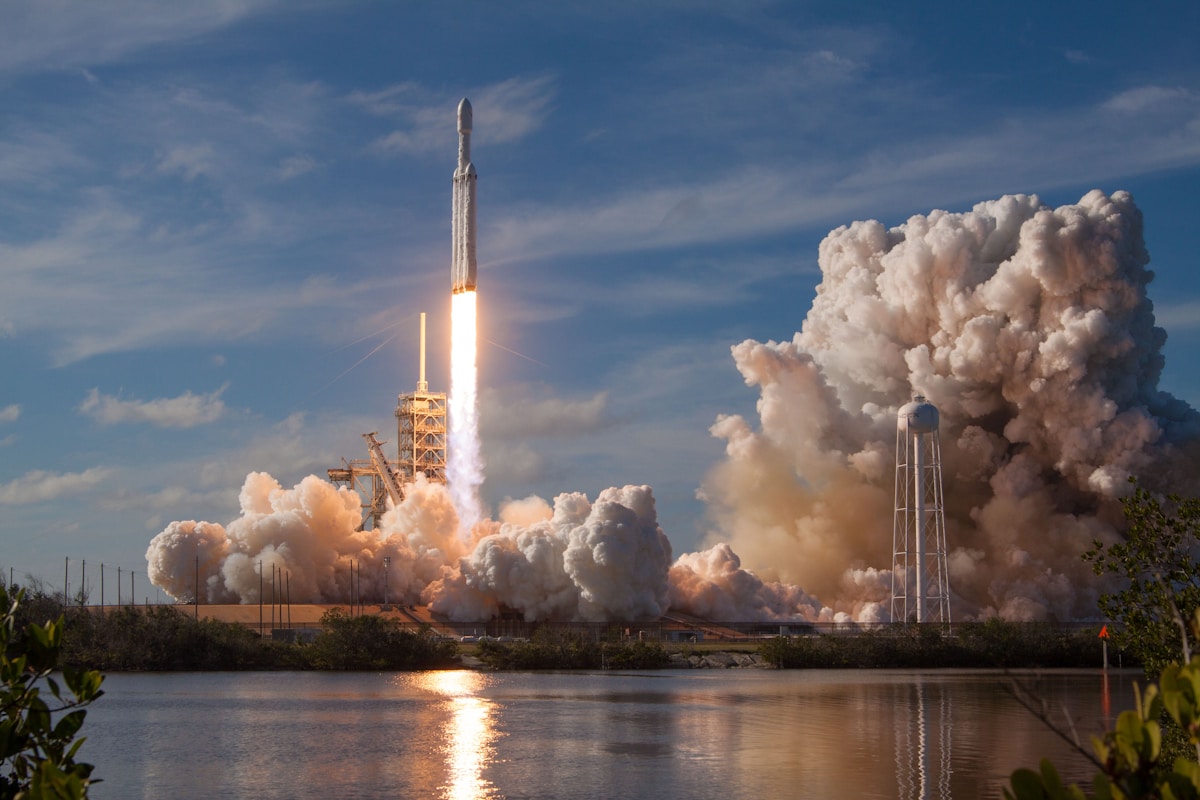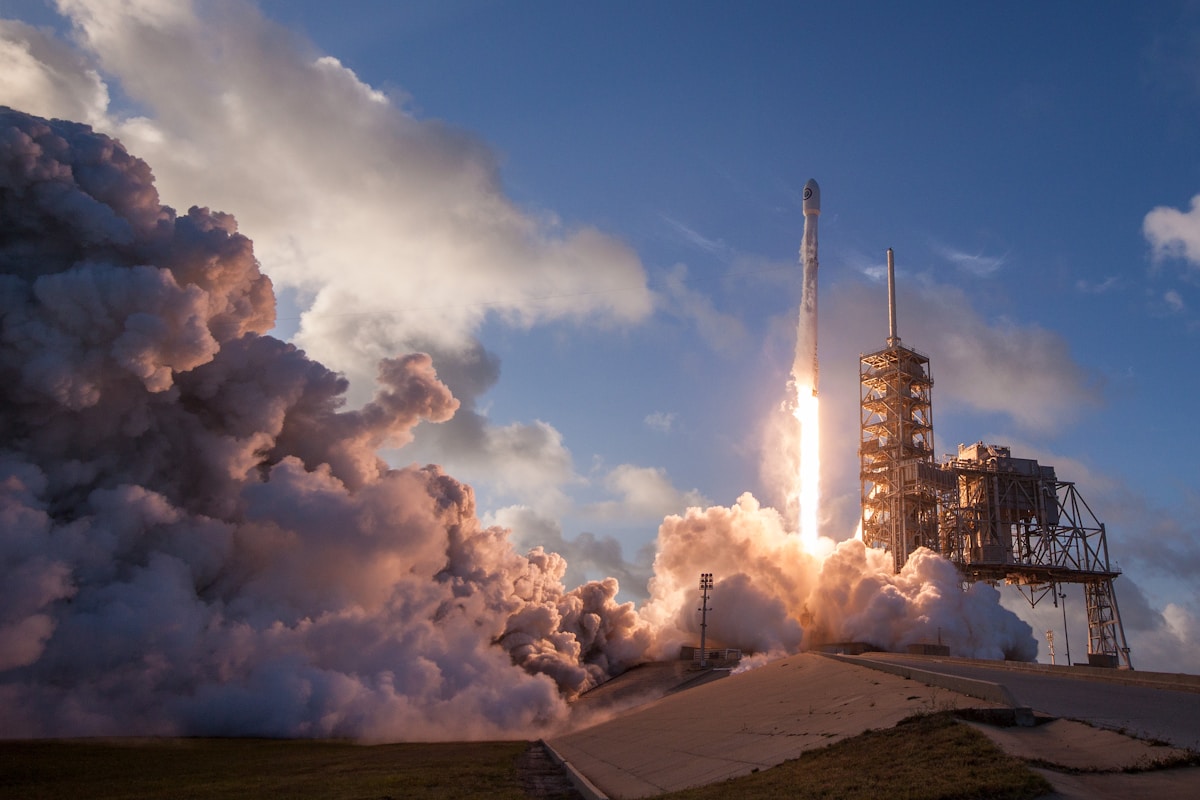
Introduction
Propulsion systems represent the fundamental enabler of space exploration, determining not only whether missions are feasible but also their duration, cost, and scientific return. As humanity sets its sights beyond low Earth orbit—toward the Moon, Mars, and eventually the outer solar system—the limitations of conventional chemical propulsion become increasingly apparent. Transit times measured in months or years, massive propellant requirements, and restricted payload capacities create fundamental constraints on deep-space exploration.
Recent years have witnessed significant progress across multiple propulsion technology domains. Electric propulsion systems have matured from experimental concepts to operational workhorses powering commercial satellites and deep-space probes. Nuclear thermal propulsion, dormant since the 1970s, has re-emerged as governments and private companies invest in ground testing and flight demonstration programs. Advanced chemical propulsion continues evolving through improved materials, combustion efficiency optimization, and propellant innovations.
This article examines the current state and near-term trajectory of these propulsion technologies, analyzing their technical characteristics, development status, and implications for future space missions.
Electric Propulsion: Efficiency Over Thrust
Electric propulsion systems operate on fundamentally different principles than chemical rockets. Rather than burning propellants in combustion chambers, electric thrusters use electrical energy—typically from solar panels or nuclear reactors—to accelerate propellant to extremely high velocities. This results in specific impulse (a measure of propellant efficiency) several times higher than chemical systems, though at significantly lower thrust levels.
Hall Effect Thrusters
Hall Effect Thrusters (HETs) have become the dominant electric propulsion technology for commercial satellites and interplanetary missions. These devices use magnetic fields to trap electrons, which then ionize propellant atoms (typically xenon) and accelerate them through electrostatic forces. Modern HETs achieve specific impulses of 1,600-2,000 seconds—compared to approximately 450 seconds for the best chemical rockets.
The technology has demonstrated exceptional reliability in operational environments. NASA's Dawn mission, which visited asteroids Vesta and Ceres, operated its ion thrusters for over 5.9 years of cumulative firing time. SpaceX's Starlink satellites employ krypton-fueled Hall thrusters for orbital station-keeping and deorbiting, while Maxar's satellite buses use xenon HETs for geostationary positioning.

Gridded Ion Engines
Gridded ion engines, the technology that powered missions like Deep Space 1 and continues on missions such as BepiColombo (en route to Mercury), use electrostatic grids to extract and accelerate ions. While offering slightly higher specific impulse than Hall thrusters—up to 3,000 seconds or more—they face challenges with grid erosion over extended operation periods.
Recent development efforts focus on addressing these limitations. Advanced grid materials, improved ion optics designs, and higher-power operation modes aim to extend operational lifetimes while increasing thrust levels. These improvements could enable gridded ion engines for applications requiring both high efficiency and multi-year continuous operation.
Nuclear Thermal Propulsion: Power for Speed
Nuclear thermal propulsion (NTP) represents a fundamentally different approach to achieving higher performance. NTP systems heat propellant—typically liquid hydrogen—using a nuclear reactor rather than chemical combustion. This allows exhaust velocities approximately twice those of chemical rockets, translating to specific impulse values around 850-950 seconds.
The United States extensively tested NTP systems during the NERVA (Nuclear Engine for Rocket Vehicle Application) program from 1959 to 1972. These tests demonstrated technical feasibility and validated reactor designs capable of extended high-temperature operation. However, the program was canceled before flight testing as lunar ambitions diminished following the Apollo era.
Contemporary Development Programs
NASA's renewed Mars exploration focus has revitalized NTP development. The agency's collaboration with DARPA on the DRACO (Demonstration Rocket for Agile Cislunar Operations) program aims to demonstrate an NTP system in orbit by 2027. This initiative could validate technologies enabling crewed Mars missions with significantly reduced transit times—potentially 4-6 months instead of 8-9 months with chemical propulsion.
Several private companies have also announced NTP development programs. These efforts face substantial technical challenges: developing fuel forms that can withstand extreme temperatures and radiation environments, managing reactor criticality during all mission phases, and addressing regulatory concerns regarding launch safety and orbital reactor operation.

Advanced Chemical Propulsion: Incremental Gains
Despite the promise of electric and nuclear systems, chemical propulsion remains essential for high-thrust applications: launch from Earth, orbital insertion, and crewed mission abort scenarios. Ongoing development efforts seek to extract additional performance from chemical systems through several approaches.
Propellant Innovations
Methane has emerged as an increasingly popular propellant choice for new rocket designs. SpaceX's Raptor engines, powering Starship, and Blue Origin's BE-4 engines, used on Vulcan Centaur, both employ liquid methane. Compared to traditional RP-1 (refined kerosene), methane offers cleaner combustion (reducing engine maintenance), better specific impulse, and the potential for in-situ production on Mars using atmospheric CO₂ and subsurface water.
Research continues on higher-energy propellant combinations. Metalized propellants—incorporating aluminum or other metal particles into gelled fuels—could provide density and performance advantages. However, these formulations face challenges with combustion instability and handling complexity that have so far limited operational deployment.
Combustion Efficiency and Materials
Modern rocket engines achieve ever-higher chamber pressures and temperatures, extracting additional performance from conventional propellants. SpaceX's Raptor 2 operates at chamber pressures exceeding 300 bar, requiring advanced materials and manufacturing techniques. Additive manufacturing (3D printing) enables complex cooling channel geometries and integrated component designs that would be impossible with traditional fabrication methods.
Conclusion
Propulsion technology advancement occurs along multiple parallel paths, each suited to different mission requirements. Electric propulsion continues its evolution toward higher power levels and thrust densities, expanding its applicability beyond traditional station-keeping roles. Nuclear thermal propulsion, if development programs succeed, could enable crewed missions to Mars with acceptable transit times and reduced crew radiation exposure. Chemical propulsion, while mature, continues incremental improvements that enhance launcher capabilities and in-space maneuvering.
The next decade will likely see demonstration missions for several emerging technologies: orbital nuclear thermal propulsion tests, high-power electric propulsion on lunar cargo tugs, and possibly exotic propellant combinations on experimental vehicles. These demonstrations will provide crucial performance data, validate reliability predictions, and inform the selection of propulsion architectures for humanity's next major steps beyond Earth orbit.
Success in propulsion innovation doesn't necessarily mean revolutionary breakthroughs—steady, incremental improvements across multiple technology options may prove more valuable than waiting for a single transformative system. The diversity of current development efforts suggests a future where mission planners can select from a portfolio of propulsion technologies, matching system characteristics to specific mission requirements with unprecedented flexibility.